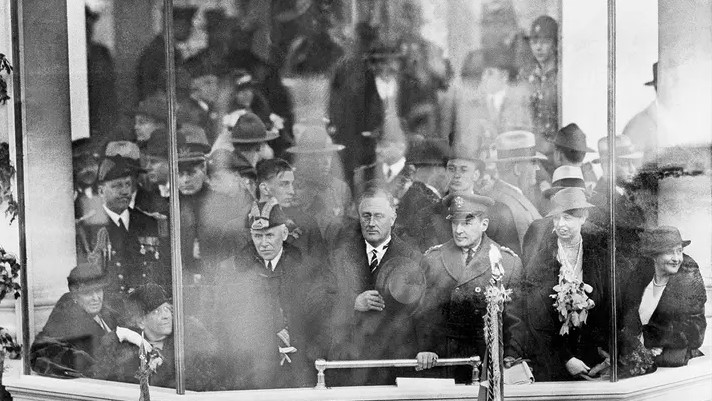Published by FOX Business | October 5, 2023
If the White House and Congress don't cut spending soon, the results could be catastrophic
As the White House continues to tout the alleged achievements of the president’s “Bidenomics” agenda, a growing amount of data indicates that a gigantic economic crisis could be right around the corner.
Most disturbingly, one important economic indicator that’s currently flashing hasn’t appeared since the 1930s, during the height of the Great Depression.
If the White House and Congress do not cut inflation-causing government spending soon, the results could be catastrophic.
Historical Context
In 2020, during the height of the coronavirus government lockdowns, President Donald Trump and the Democratic-led Congress spent vast amounts of money to keep the economy, financial system and stock market afloat. Trillions of dollars in additional government spending occurred, all of which was financed with debt and money printing.
The never-before-seen levels of money creation were fueled by policies set by the Federal Reserve, which encouraged Congress to spend more money and kept interest rates extremely low, despite warnings from economists about the threat of future inflation.
When President Biden entered the White House in January 2021, it appeared that the economic crisis caused by the pandemic lockdowns would end soon. A COVID-19 vaccine had been developed, and many states had already started reopening or preparing to reopen their economies.
But rather than return spending to normal levels, Biden and congressional Democrats — with the blessing of the Federal Reserve — opted to keep government expenditures significantly higher than they had been prior to the pandemic.
The decision to continue high levels of government spending, coupled with the Fed’s choice to keep interest rates low and the fallout from the crisis in Ukraine, caused inflation to soar to levels not experienced in four decades. Prices for nearly all consumer items, from eggs and milk to gasoline, skyrocketed.
Not Since the Great Depression
In an effort to fix its mistakes and curb out-of-control inflation, the Fed started dramatically increasing interest rates in 2022, a policy that has continued thus far in 2023.
Meanwhile, the Biden administration and Congress have kept government spending much higher than pre-pandemic levels.
As a result of these policies, the inflation rate has dropped, but not enough to deflate prices. Most consumer goods and services, as well as rent and housing prices, remain much higher than they were before the pandemic started.
Incredibly, however, the money supply — the amount of cash, checkable deposits and bank savings accounts — has substantially decreased. That means even though prices are still going up, the amount of money available is continuing to drop, putting an unprecedented strain on American families.


